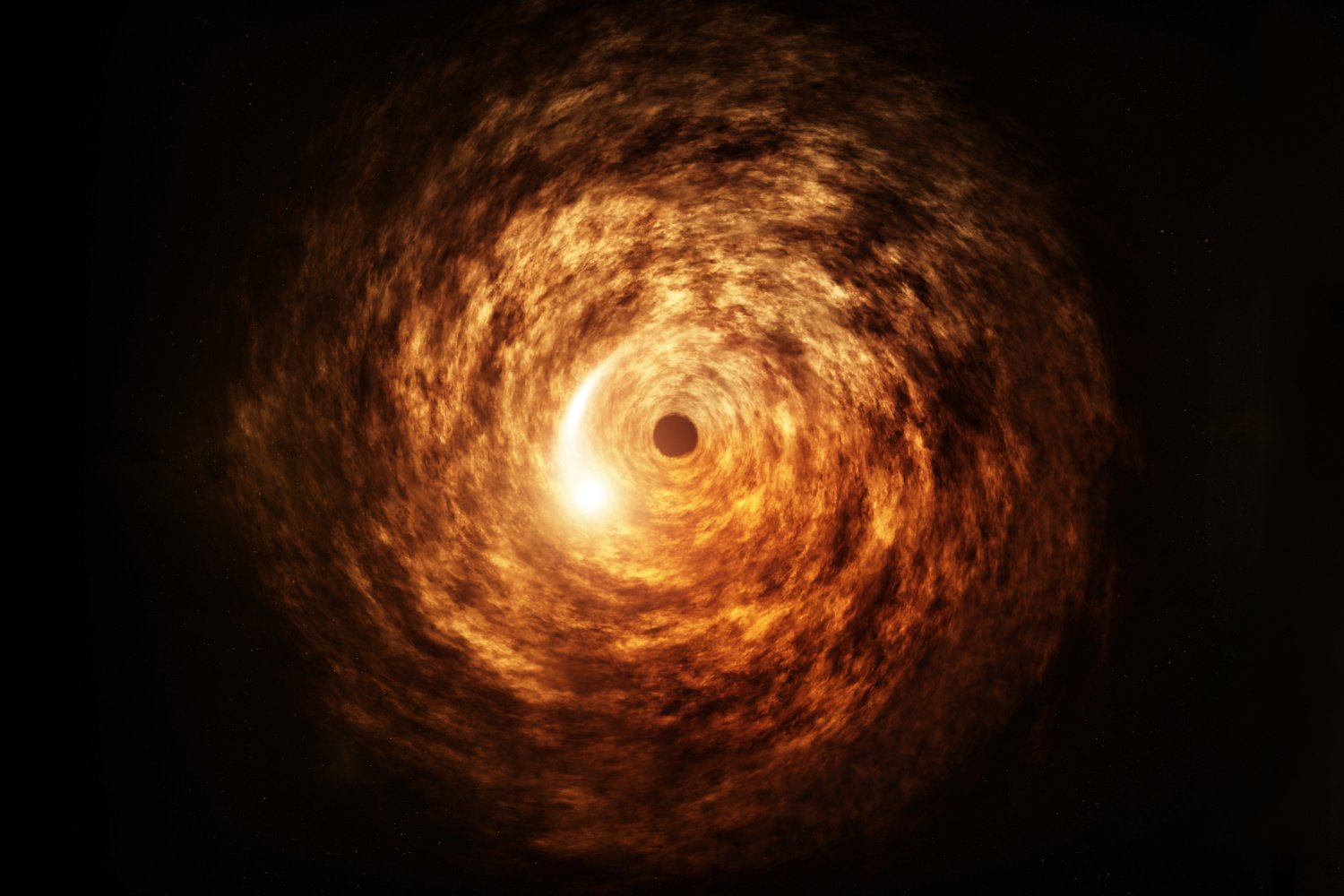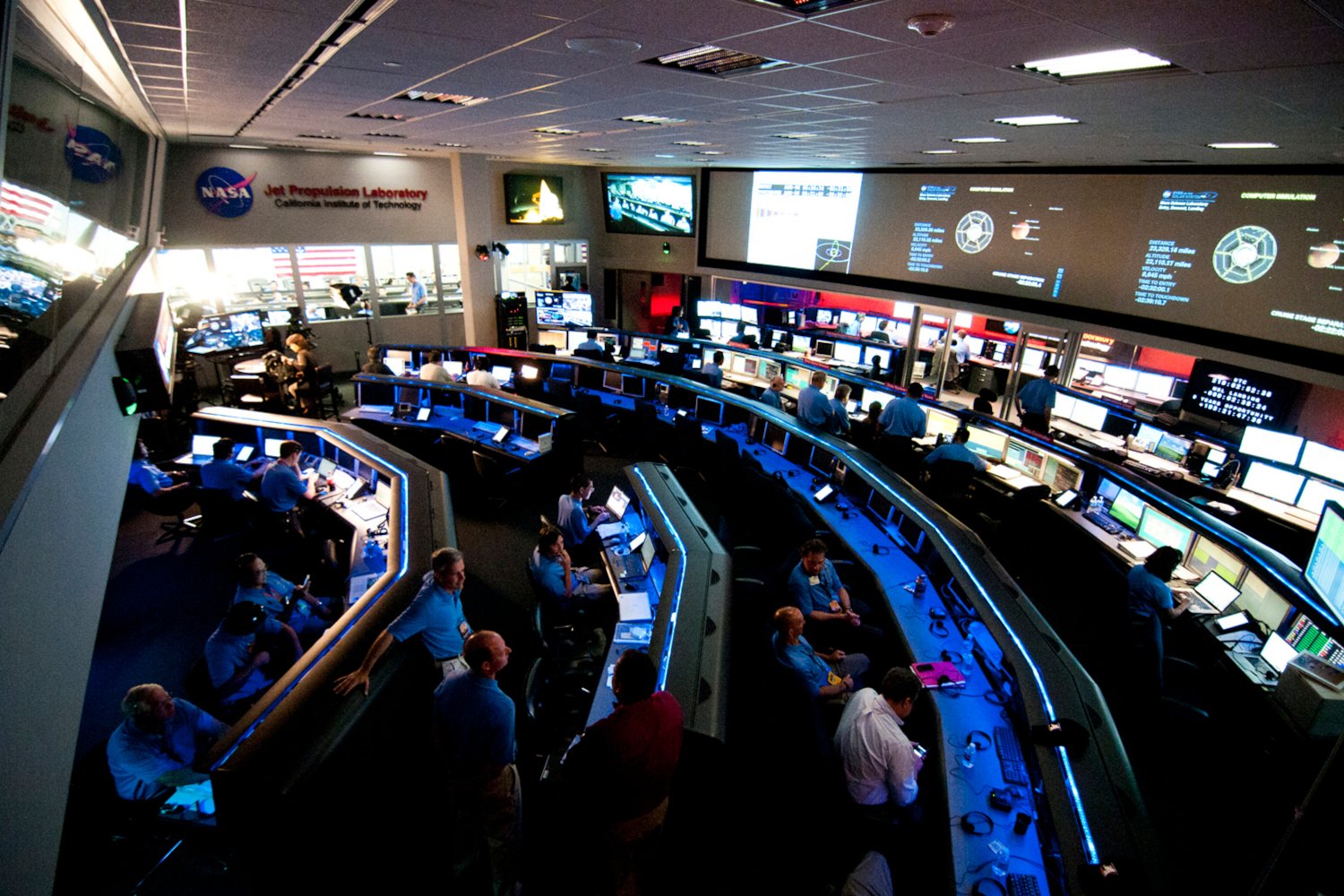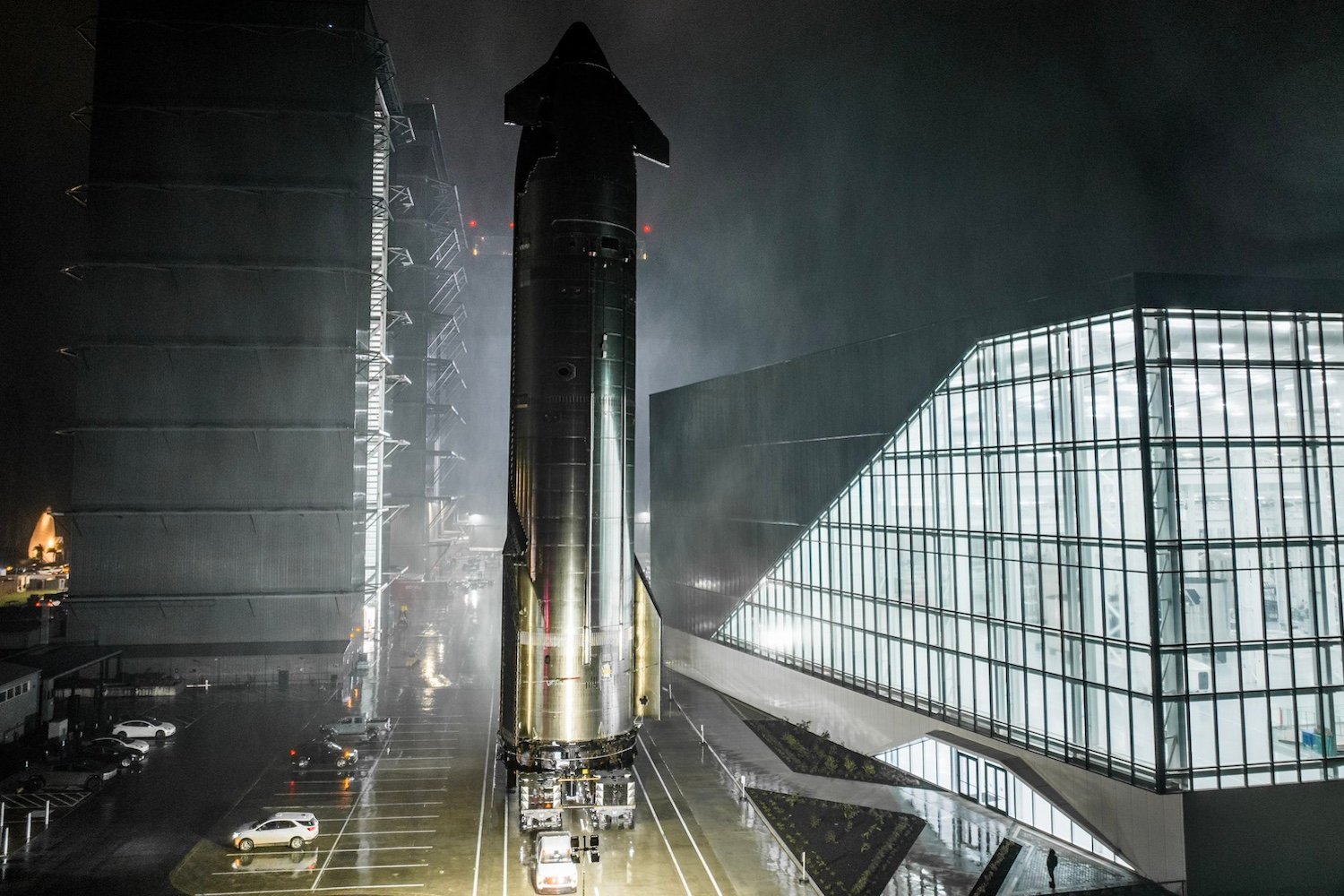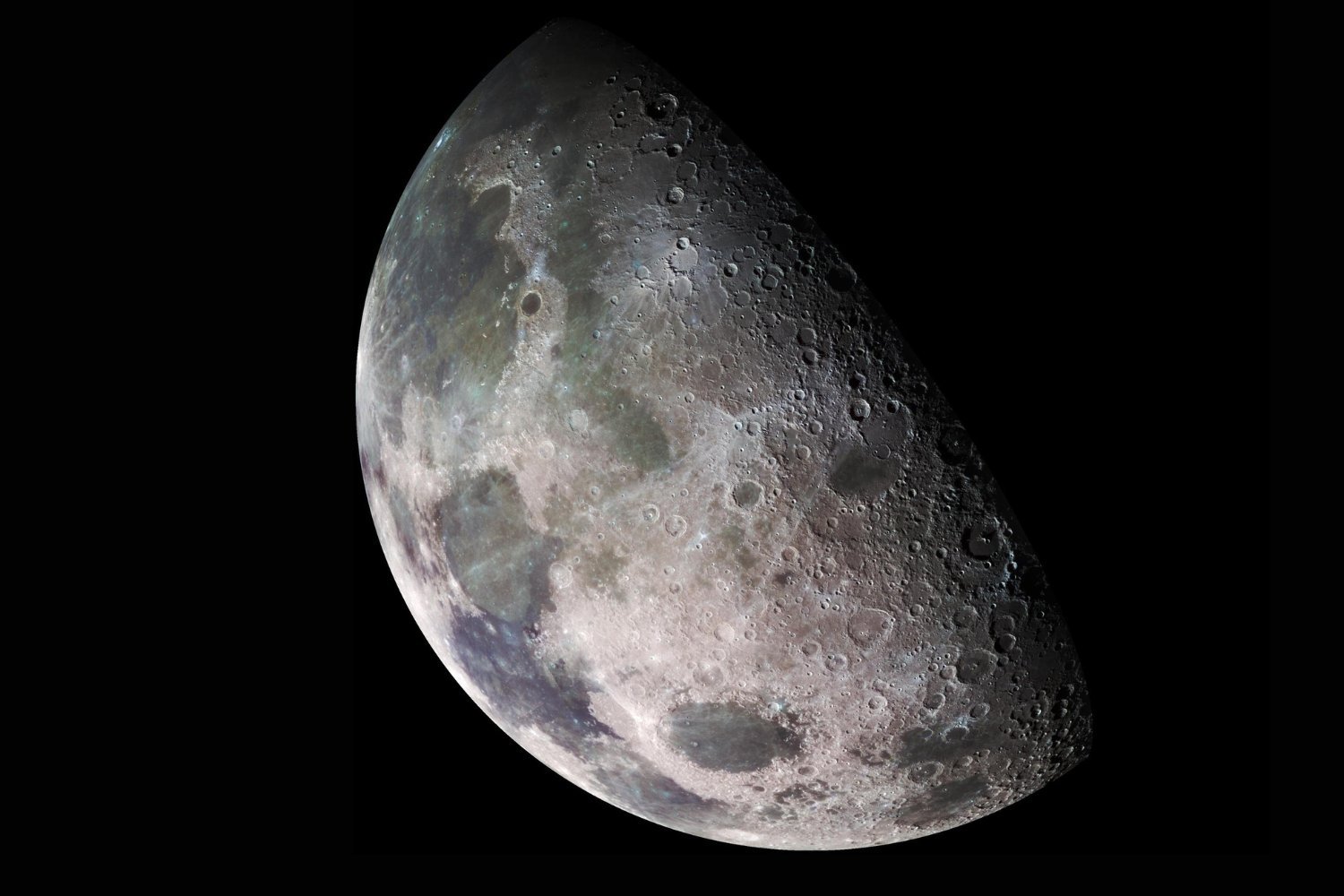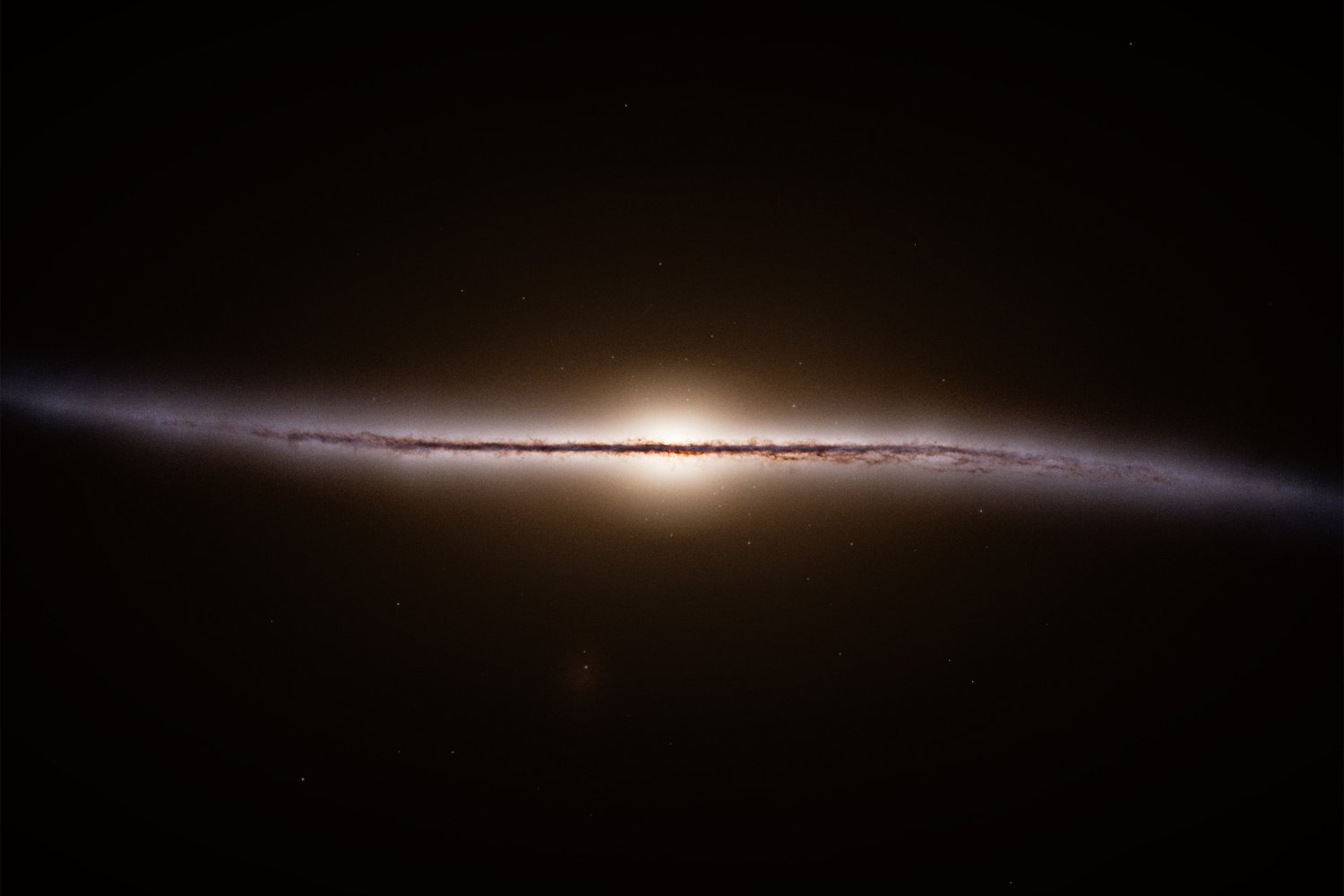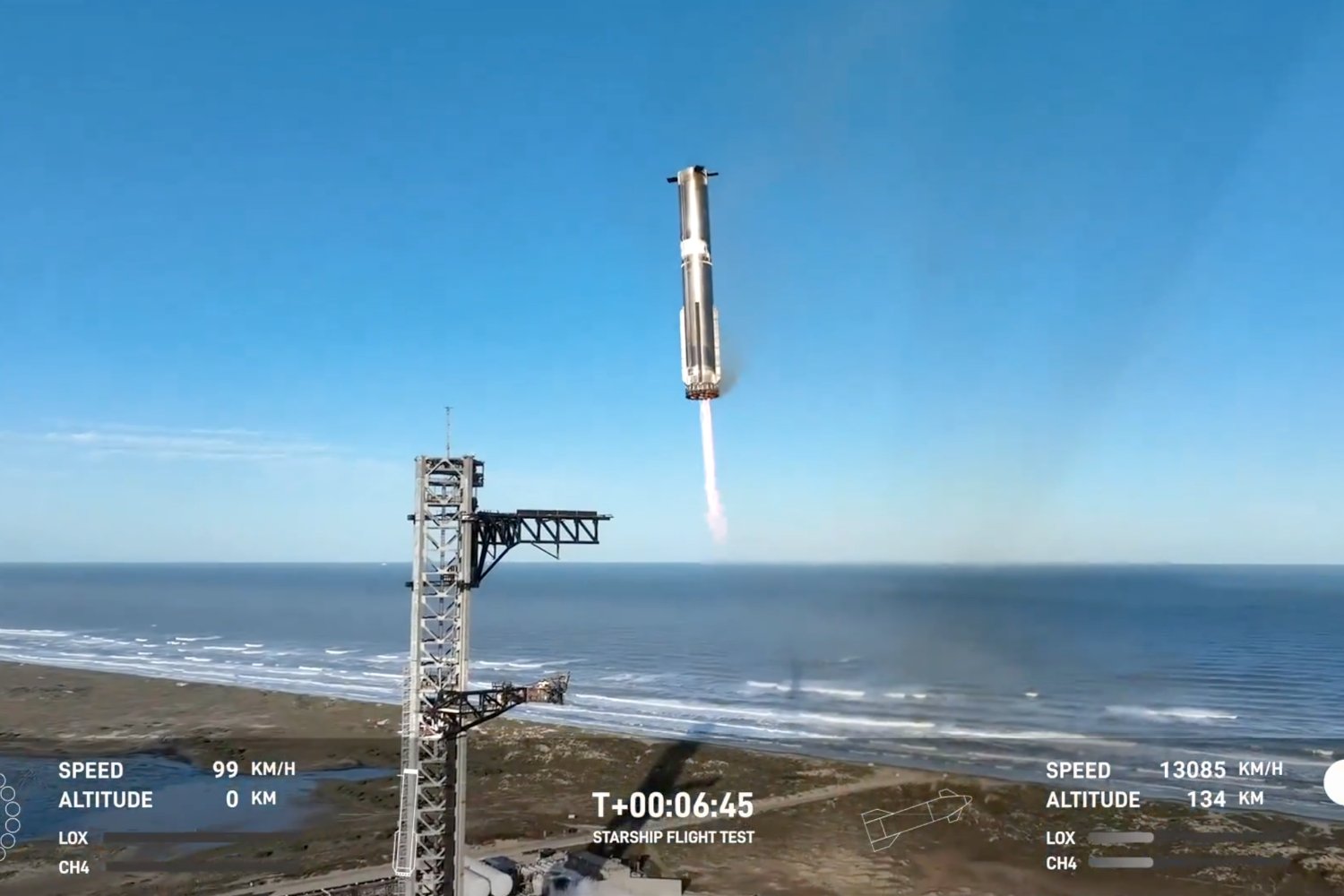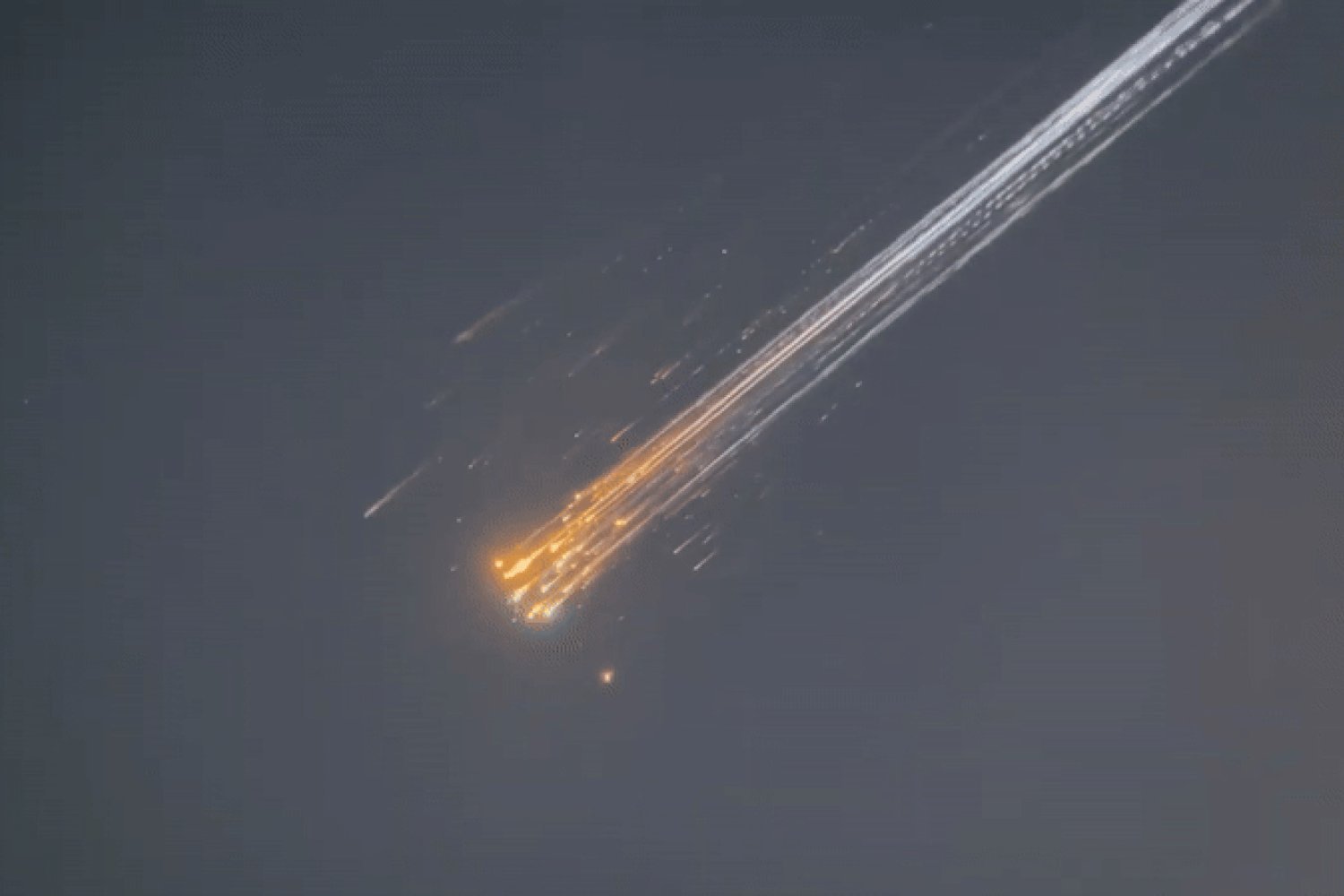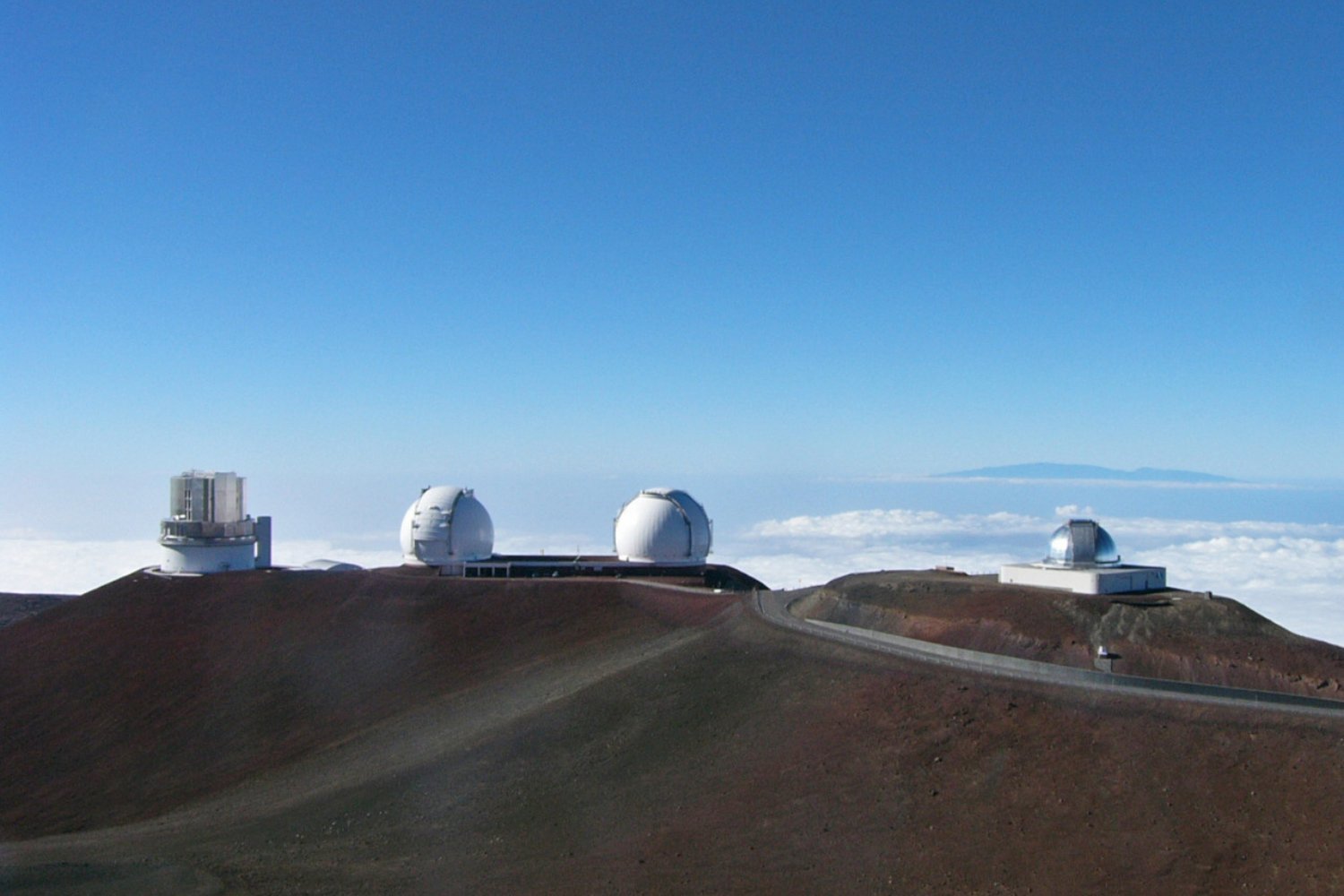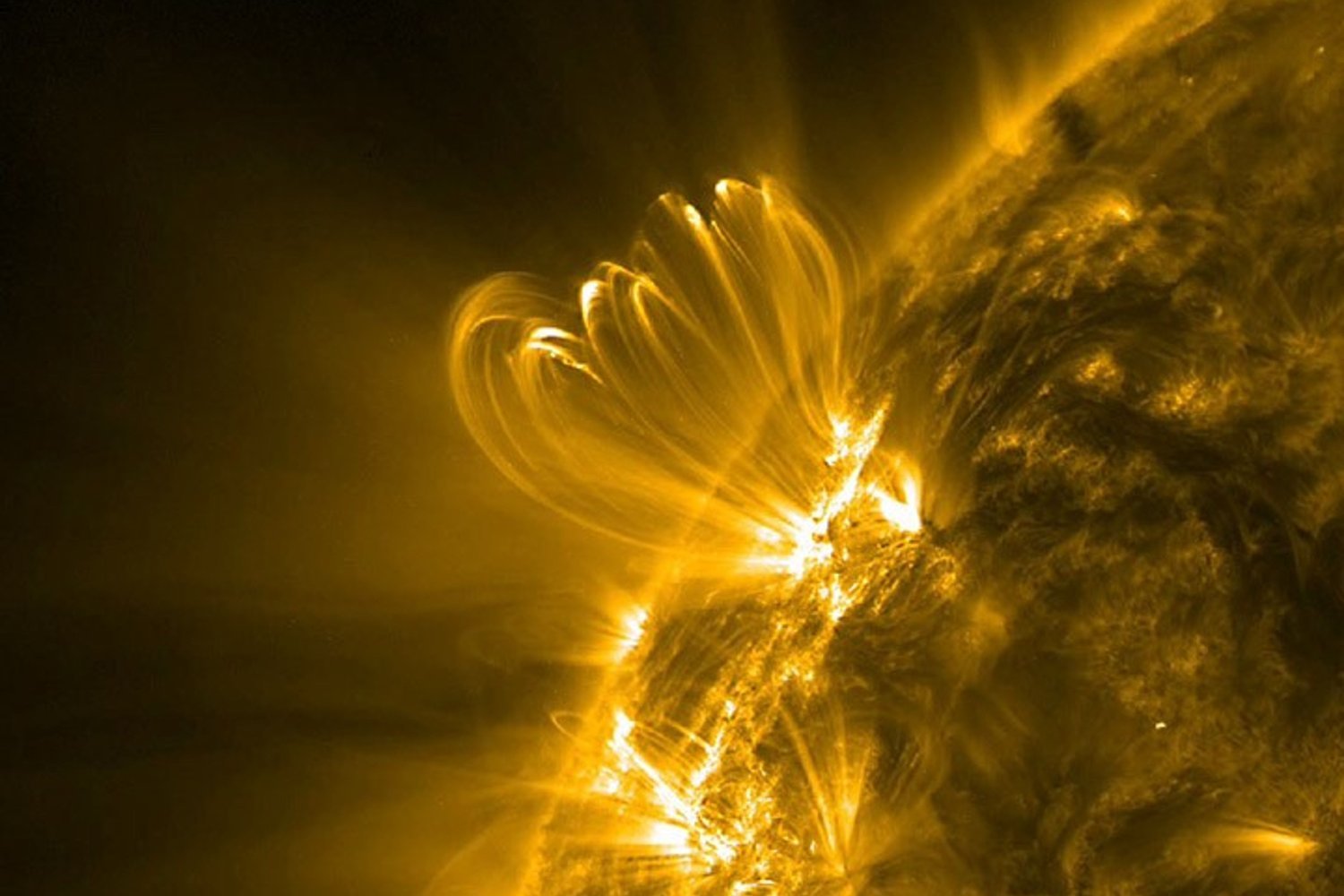The supermassive black hole at the center of our Milky Way galaxy, Sagittarius A (Sgr A), has flared in mid-infrared light for the first time, offering new insights into the complex physics driving these energetic outbursts. This groundbreaking observation bridges a critical gap in our understanding of black hole activity, connecting previously observed radio and near-infrared (NIR) behavior.
This detection, captured by the James Webb Space Telescope’s Mid-InfraRed Instrument (MIRI), provides a crucial piece of the puzzle regarding the energetic processes occurring near the black hole’s event horizon. For over two decades, scientists have observed Sgr A* in radio and NIR wavelengths, but the connection between these observations remained elusive. This mid-infrared detection, filling the gap between the two, promises a more comprehensive understanding of the black hole’s dynamic environment.
Mid-infrared light, with wavelengths longer than visible light but shorter than radio waves, is a key area of observation for the Webb telescope. The detected flare represents a burst of energy, varying in intensity as the black hole’s magnetic field lines interact with the surrounding material. This phenomenon is believed to be powered by cooling electrons in the accretion disk, the superheated, swirling matter that encircles the black hole. This new observation provides strong evidence supporting this theory.
The research, accepted for publication in the Astrophysical Journal Letters and available on arXiv, was also presented at the 245th meeting of the American Astronomical Society. This discovery adds another layer of complexity to the already fascinating picture of Sgr A*. Modeling these processes alongside direct imaging efforts is crucial to unraveling the mysteries surrounding black holes.
The Event Horizon Telescope (EHT) collaboration achieved the first direct image of a black hole in 2019 and followed up with an image of Sgr A* in 2022. While the latter image faced some scrutiny, the EHT continues to push the boundaries of observational astronomy, aiming for even sharper images in the future. This constant advancement in imaging technology, combined with new insights from Webb’s mid-infrared observations, promises a more complete understanding of these enigmatic cosmic behemoths.
While further observations are needed to definitively confirm the role of cooling electrons in these flares, this discovery highlights the power of the Webb telescope in probing the extreme environments around black holes. This new window into mid-infrared activity around Sgr A* marks a significant step forward in our ongoing quest to decipher the physics governing these powerful objects at the heart of galaxies.
This groundbreaking observation of a mid-infrared flare from Sgr A* not only bridges a crucial observational gap but also reinforces the importance of multi-wavelength studies in understanding the complex dynamics of black holes. As we continue to explore the universe with increasingly sophisticated instruments, we can expect even more exciting discoveries that will shed light on these mysterious and powerful objects.



